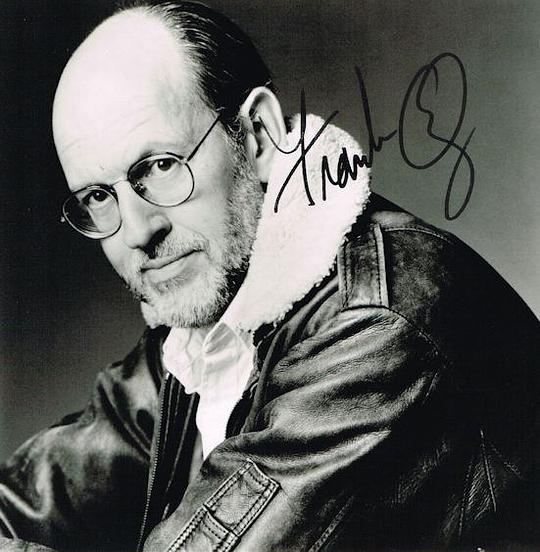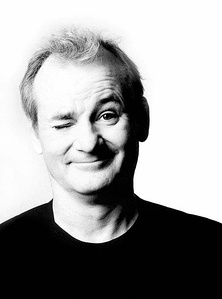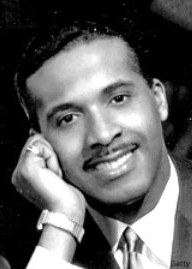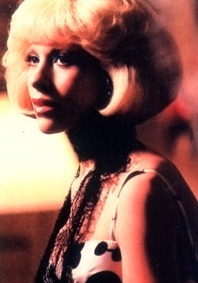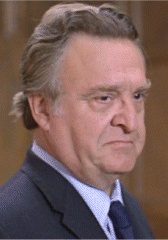异形奇花 Little Shop of Horrors(1986)

又名: 绿魔先生 / 恐怖小店
导演: 弗兰克·奥兹
编剧: 霍华德·阿什曼 罗杰·科曼 查尔斯·B·格里菲斯
主演: 里克·莫拉尼斯 比尔·默瑞 列维·斯塔布斯 艾伦·格里尼 文森特·加迪尼亚 史蒂夫·马丁 蒂琪娜·阿诺 米歇尔·威克斯 提莎·坎贝尔-马丁 詹姆斯·贝鲁什 约翰·坎迪 克里斯托弗·格斯特 斯坦·琼斯 比特丽丝·里丁 埃德·威利 阿兰·提尔文 约翰·斯科特·马丁 马克·威尔逊 丹尼·坎宁安 丹尼·约翰-儒勒 米尔德丽德·谢伊 凯文·斯科特 保罗·雷诺兹 米瑞安·玛格莱斯 彼得·惠特曼 鲍勃·舍曼 凯瑞·莎勒 罗伯特·阿登 迈克尔·香农 德里克·莱昂斯 李·谢华德 蒂娜·西蒙斯
制片国家/地区: 美国
上映日期: 1986-12-19(美国)
片长: 94分钟 IMDb: tt0091419 豆瓣评分:7.5 下载地址:迅雷下载
简介:
- 故事讲述西摩在得到一株以吸取人血产生的奇异花卉后,不惜以牺牲自己的代价来赢取顾客的青睐和美人的芳心。然而在名利双收之时,摩西发现这朵奇花在长大的同时,自己已不能控制它的成长,并且生命也面临危险。良心与名利之间,摩西终于醒悟,于是正邪之战由此展开。该片因缘于歌舞剧,故不可 能成为主流作品,而且较正统歌舞剧所不及。其独特之处在于能说会道小花的电影特技和轻松插曲,总的讲仍不失为一部赏心妙品。
演员:
影评:
- 还是第一次看如此有趣的恐怖片,这恐怖片中经常出现的就是歌曲,而且是那种即兴唱的歌曲,不论是恐怖的植物,还是主角,他们想表达意见的时候,都是用唱的,好好玩。
看这部恐怖片,你一点都看不出恐怖片应该有的氛围来,而是充满了喜剧+戏剧的成分。这部电影讲的是西莫发现了一株植物,类似那种外星植物,男主角无意中发现外星植物通过吸食血液不断长大,而西蒙的身体也不断的虚弱。片中亮点不止一个,比如大胸部的奥黛丽,西蒙为了讨好她,就给那外星植物起名叫做“奥黛丽二世”,然而奥黛丽是个穷女孩,现实中的无奈只好让她忍痛选择了那名富有的医生,然而医生并不是真心对她,西蒙在奥黛丽的选择下无可奈何……
这算是恐怖片吗???科幻片???恶搞片???喜剧片???或许都有一点。可是电影却偏偏叫做“恐怖鲜花店”
电影到了一半的时候,发现外星植物不仅是吸食血液,而是开始吃人了,当然是西蒙帮的忙。警察开始调查失踪事件,西蒙和奥黛丽的关系在这场事件中变得微妙起来。 无论是电影版还是音乐剧版,《异形奇花》(The Little Shop of Horrors)都是脑洞清奇的奇葩作品,却非常对观众的胃口,成为了一部邪典(Cult)大片。
 1960版
1960版The Little Shop of Horrors首先开始于被称为“B级片之王”的罗杰·科曼拍摄于1960年的作品,江湖传闻花了两天时间和2.7万美元就拍完了,堪称电影界的传说。
1982年该作由作曲家艾伦.曼肯和剧作家、歌词作者霍华德.爱许曼改编成音乐剧搬上了百老汇的舞台,马上获得了巨大的成功。这两位写出来的歌可以说首首好听,首首经典,后来迪斯尼《小美人鱼》、《美女与野兽》、《阿拉丁》的歌曲也出自这二位之手。
1986年,这部音乐剧被改编成了电影,又大获成功,自DVD发行以来受到越来越多人的吹捧,至今已成为公认的Cult经典。
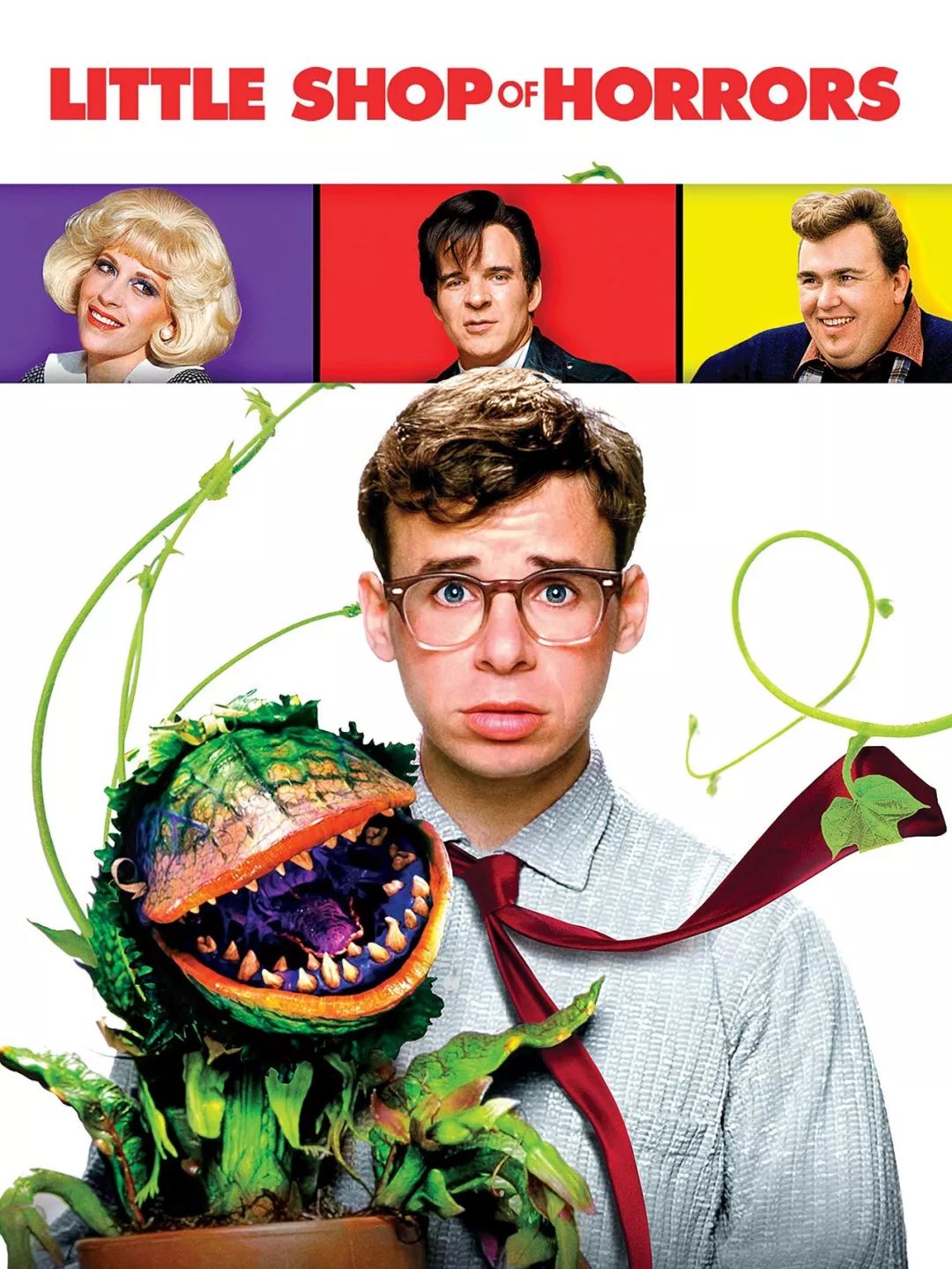 1986版
1986版什么是邪典(Cult)片? 把Cult电影翻译成邪典电影,这“邪”与“典”两个字概括了这类影片的两种情况:
一是“邪”,大多数Cult电影都是B级制作的低成本小片子,一般都在低等的院线放映,情节多半离奇怪诞,拍摄手法也自由放肆,不按常理出牌,并拥有一群人数虽少却非常死忠的影迷。
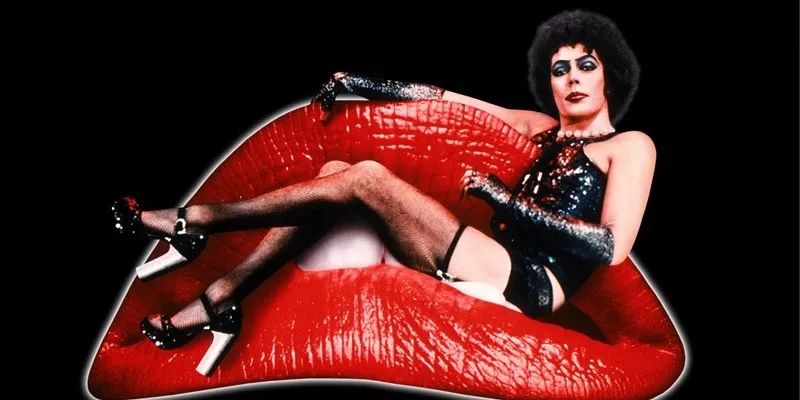
《洛基恐怖秀》是其中最有代表性的一部。
但Cult电影也不都是怪异疯狂的小片子,不少经“典”大片也同样可以纳入它的范畴,尤其是一些老片,比如库布里克的《发条橙》和塔伦蒂诺的《落水狗》。
这些邪典影片的共同之处在于:影片历久不衰,一直会在影院中放映,令影迷如同对待宗教般狂热地投入,不断去探索其中的细节与内涵。
私觉得判断一部电影是不是邪典片还有一个简单的标准。到万圣节的时候,如果在派对上、社交媒体上看到很多人扮成某部你没有看过的电影里的角色,这部电影八成是个Cult大片。
 Little Shop of Horrors系列的万圣节装扮也都非常有创意。
Little Shop of Horrors系列的万圣节装扮也都非常有创意。 还有把狗子扮成这样的,这是什么沙(you)雕(qian)主子?Seymour的服装竟然还做了滴血的右手,这细节无敌了。
还有把狗子扮成这样的,这是什么沙(you)雕(qian)主子?Seymour的服装竟然还做了滴血的右手,这细节无敌了。片中人物形象很有特点。戴眼镜的是男主人公Seymour,一个在花店工作的笨手笨脚的员工。有一天他偶然碰到了一株奇怪的植物,买回家开始养,以自己喜欢的女孩的名字给它起名为Audrey II,结果发现植物以人血为食。喂了它几滴血之后,植物长大了,吸引了很多顾客和媒体记者,为Seymour保住了工作、带来了名誉。于是Seymour走上了杀人分尸的不归路……
该剧的剧情走向是“浮世德式的”。歌德笔下的浮世德与魔鬼作交易,最后自食其果。《异形奇花》里的Seymour与外星植物作交易,想换取名声和金钱,在1960电影版和音乐剧版里都以自作自受告终。1986年的电影版第一个版本的结局也是如此,但由于试映时受到了观众的排斥,在公映时,将结局改成了大团圆结局。
我看的是第一个版本,结局男主也被植物吃掉之后,Audrey II衍生了无数棵小Audrey II,进入了纽约的千家万户。电影最后以一群吃人植物像哥斯拉一样占据纽约街头,踩烂高楼大厦,盘踞了自由女神像为结束。可以说是科幻片中少见的、异形最终战胜了人类的作品,堪称是科幻电影里的一股清流。
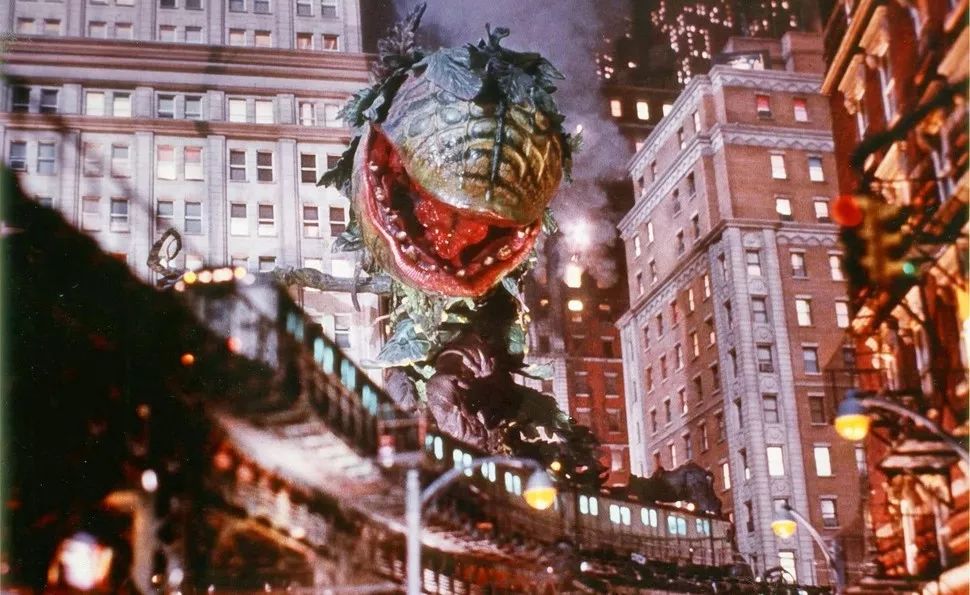
这部电影脑洞特别大之外,人物也都一个个逻辑感人。说话总是捏着嗓子的女主人公Audrey长期受到男朋友的家暴,却不离开他。
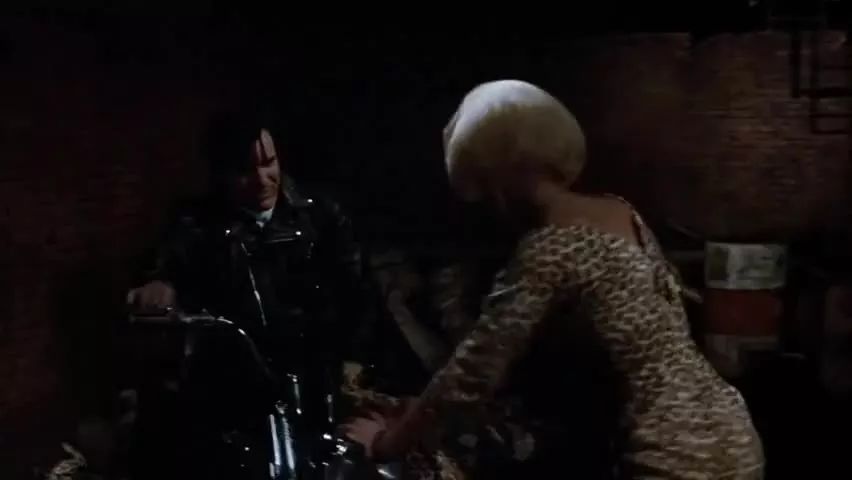 给家暴男友乖乖推车的女主。(好惨一女的)
给家暴男友乖乖推车的女主。(好惨一女的)被植物咬伤了之后,要求Seymour把她葬在植物的肚子里,因为这样“我就永远成为它的一部分,能跟你在一起了”,这妥妥的受虐狂逻辑,看得刀妹下巴都合不上了。
然后Seymour就真的把她喂回Audrey II嘴里去了……
 此时我心里飞过一万个卧槽
此时我心里飞过一万个卧槽看到这我已严重怀疑男主和植物之间发展出了超越种族的奈情,不然为什么要把媳妇儿给它吃?!回想一下,植物确实时不时就发动触手系攻势,猛盘男主,还献上自己性感的大厚嘴唇……

Audrey II作为一棵外星植物,来到地球之后一直生活在白人圈里,却莫名地说了一口地道的黑人口音街头话,时不时地彪几个脏字,唱腔还深得黑人灵魂乐的精髓。看完全片我最想知道的是,它到底是跟谁学的这英语?
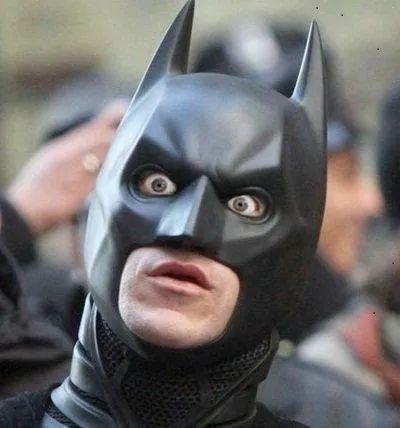
除了施虐狂的Audrey II和受虐狂的男女主之外,片中还有两个更极端的SM狂。Audrey的家暴男友从小就是个虐待小动物的变态,长大后当了牙医,因为可以就职业之便折磨人。 Excuse me? 这变态逻辑之缜密真是令在下佩服得五体投地。
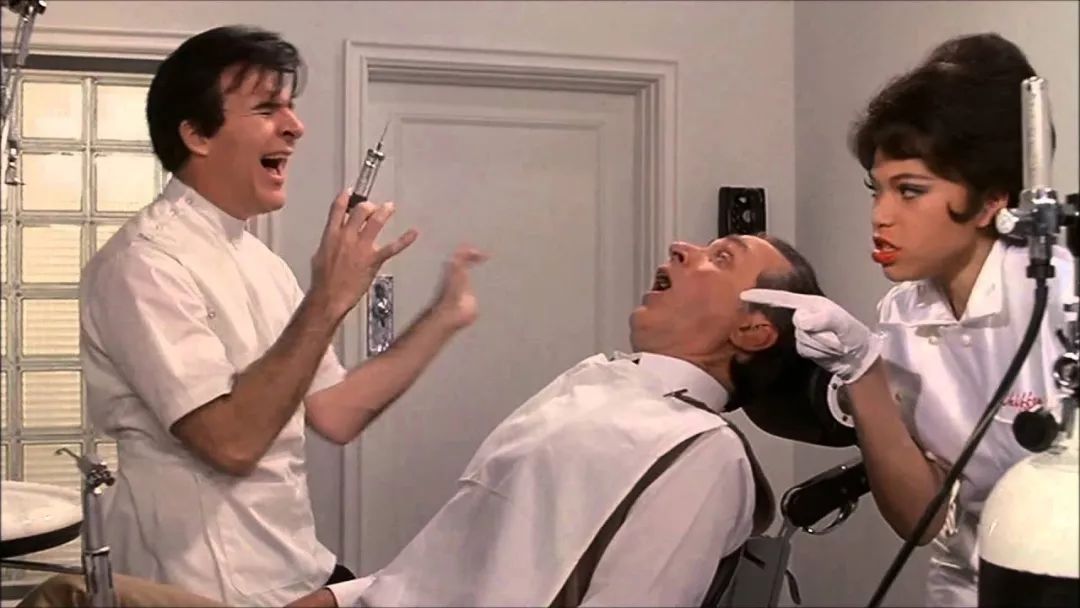
牙医一出场的一首Dentist把他当牙医后一直折磨人一直爽的状态变现得淋漓尽致。
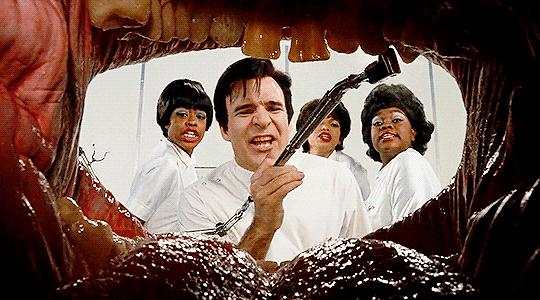
你没看错,牙医是由Steve Martin扮演的。这首歌是全片中刀妹最喜欢的,够变态、够搞笑,Steve Martin演活了这个用猫王的方式说话唱歌跳舞的浮夸变态,充分证明了不想当猫王的牙医不是好变态。 这部电影还让观众头一次进到一个人的嘴里往外看,无比魔性。
就是这样一个把病人吓到妙变蜘蛛侠攀到天蓬的牙医,竟然还有慕名前来投医、没病还假装有病的受虐狂病人。
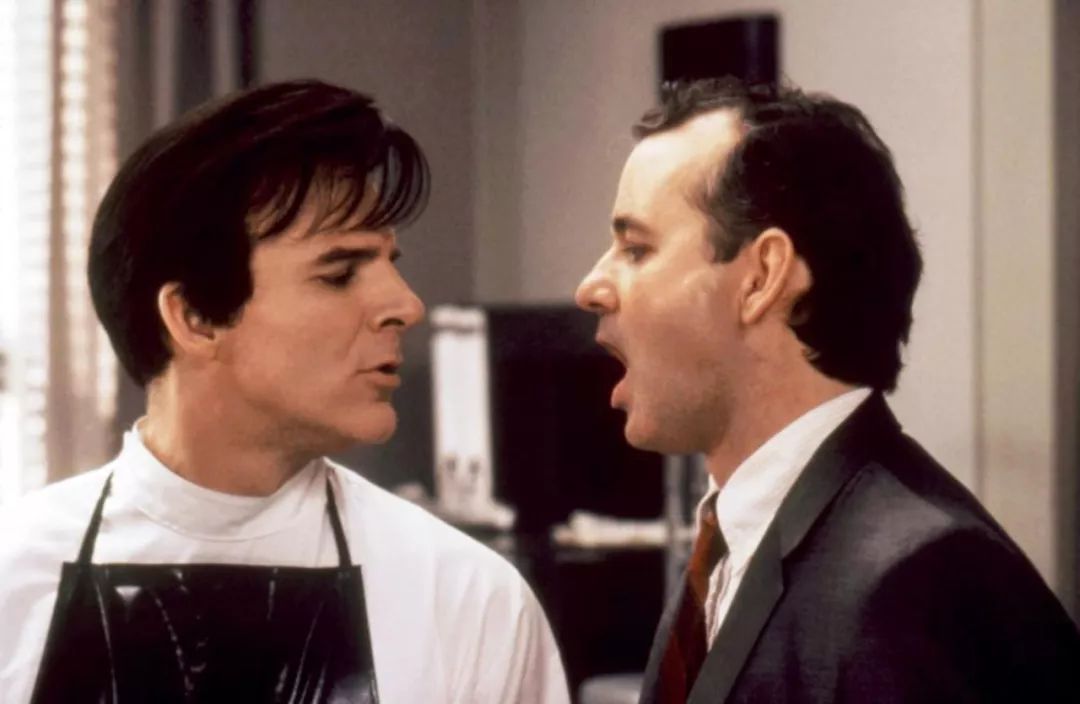
多么和谐的一幕,有没有?一个受虐狂和一个施虐狂,一副基情洋溢的画面,有没有?
然而,一个以折磨人为乐的人突然碰到了一个以受虐为乐的病人,别提多郁闷了。如果个个病人都是这样,那当牙医还有什么乐趣可言? 这逻辑也是一点毛病没有。
对,你没看错,这个受虐狂是Bill Murray演的,他出场的这一小段戏承包了我三天的笑点。看看这被虐到爽暴的小表情~

总之,《异形奇花》就是这样一部集恐怖、科幻、跨种族的爱情(?)和黑色喜剧于一体的歌舞片!这组合也没谁了~
片中的人物逻辑异于常人,于是引发了不按寻常套路发展的剧情。刚看完让人有种不吐槽不痛快的不适感,服用两天后,就真香了。越品越觉得这部电影怪出了新意,怪出了高度,怪美怪美的,让我的审美得到了刷新。 这也许就是邪典电影的魔力吧。
 不明觉厉
不明觉厉
Death Note and Little Shop of Horrors: A Study in Contrast
What would you do if you had the power to bring death to any individual just by writing his name on a notebook or leaving him to a plant?
After having enjoyed the musical, Little Shop of Horrors, I am reminded of a movie, Death Note, which I watched last week. The two pieces have such distinct cultural backgrounds and time periods: Death Note was created in the 1960s in the Eastern culture, and Little Shop of Horrors was created in 2000s in the Western culture. However, these two works express a very similar theme: death, the most misunderstood subject in the world today.
Based on a popular Japanese manga written by Takeshi Obata, Death Note tells the story of a very normal university student, Light, who has a very strong sense of justice and wants to be a policeman, like his father. One day, he picked up a notebook left by a “God of death” and found that the rules written on the inside front cover actually work—whoever has his name written inside the book will meet death by heart attack. This rule just scratches the surface, as Light continues to experiment with the capabilities of the book, internalizing all the rules to manipulate them to work to his advantage. At first, he just killed criminals who could not be punished due to the lack of testimony. But as time went on, he lost control, and began killing people just for the purpose of winning the game, including his girlfriend and father. In the end, Light was killed by the God of death, who was bored with the game, and “lost the opportunity to enter either heaven or hell.”
An unlimited power cannot coexist with morality, just as no one can unhesitatingly and consistently do just things. When man can do anything he wants, like an omnipotent being, he will lose control.
In fact, the God of death could not kill people without any reason, because everyone had a decided lifespan. He left the death note to the human world for fun. What’s more, the God of death ended up with a much longer life, because the life of the people killed by Light was transferred to the God of death. It was similar to the way that Audrey II became stronger and bigger by eating human bodies.
Death Note and Little Shop of Horrors both mentioned crime, but Little Shop of Horrors is more illuminating. The way of revealing the crime is creative and fun. The florist, Seymour, is like the nerdy milquetoast of a fairytale. The comedy elements of the play reduced the terror of it. Each of the characters has a full personality and is rich in humor.
As Audrey II grew bigger and bigger every day, it attracted more and more visitors, bringing a lot of money and business to the flower shop. All of the people loved it and enjoyed its unparalleled beauty, but no one paid any attention to its danger. The director criticized people who became blind and ignored the inclement inner by the appearance of things.
From beginning to end, Audrey never had the ability to hurt humankind on its own; it could not walk or use any magic. Human greed and desire send human flesh and flood continuously to its mouth. Many sins are due to the behavior of ourselves, illustrated by the story about the wolves that eat people in north India. In fact, it was because their kids were killed by humans first that they wanted revenge. So, the killed a few human children, and since then, they find human flesh delicious, and continue killing children of the village.
The biggest disaster that humans meet always comes from the masterpiece of ourselves.
Although there are a lot of descriptions of death in both Death Note and Little Shop of Horrors, the meanings of death behind them are quite different. In eastern people’s minds, individual death is treated as a transition to a group, which means that people wish that they can leave something to their offspring and be remembered. But in the western culture, death belongs to an individual life, and will remain in a different way, such as in a soul.
Eastern culture was greatly influenced by Buddhism, which holds the belief that people should neither want death nor hate death, but think well of death. People should recognize that life is uncertain and, more importantly, empty. For example, the Chinese think highly of funerals and will try their best to plan a luxurious one while they are still in the world. However, the importance of funerals is not because they believe that there is another world after death, but to show the people who are still alive that the main purpose of life is to be remembered.
Are the deaths of criminals in Death Note and the death of the dentist in Little Shop of Horrors pitiful and unjust? Yes, I think so. Although the criminals and the dentist had done a lot of bad things that made everybody hate them, they still had the right to live. If some individual had just killed them, he would have become one of them too. The vicious circle will never end, which creates a crazy world.不知道标题咋想 就随便说一下
看完这部电影,发现了满满的对那个世纪中产阶级的嘲讽。
卑微男主一个,没钱没车没房,工作感情都不顺,妥妥的一个屌丝男士。
男主登场就是笨手笨脚,啥也不行的人设,懦弱的就像键盘侠一样,之后遇见了食人花,通过食人花给自己带了事业爱情确不惜违背了自己的道德,就好像影片中的种种劣迹。
女主也是一个渴望爱情生活的女孩子,可同样也很自卑,觉得自己配不上男主,宁可选择对自己施暴的牙医,也不会争取自己的幸福,可能这也是暗讽当时的世道吧。
花店老板看见男主杀人 但是为了利益,终极愿意为男主隐瞒,可最后自食恶果。(同时男主一步一步逼退花店老板到食人花,也欺骗花店老板,可想而已,在利益面前,所有懦弱无能的人,也会奋起反抗吧)
牙医很有意思的一个角色
施暴倾向,吸毒,精神失常,貌似所有的坏习惯都在他身上,但他却能拥有女主以及令人向往的工作和可观收入,可能这也就是当时坏人能吃饭,好人饿肚子的状态吧!
食人花(欲望)从男主的一滴血到诱惑男主杀人喂食,让男主得到名利,同时也让自己愈发壮大,慢慢就从影片中映射出欲望想一个无底洞永远都停留在食人花那一句“喂我”,之后食人花因为自己的傲慢被电死,可能也就是所说的恶有恶报吧。
最后男主女主过上了女主幻想中的生活,可能是导演想表达的吧,放弃那无穷无尽的欲望时,平凡的生活也是美好的。
自己理解,纯属乱说。
